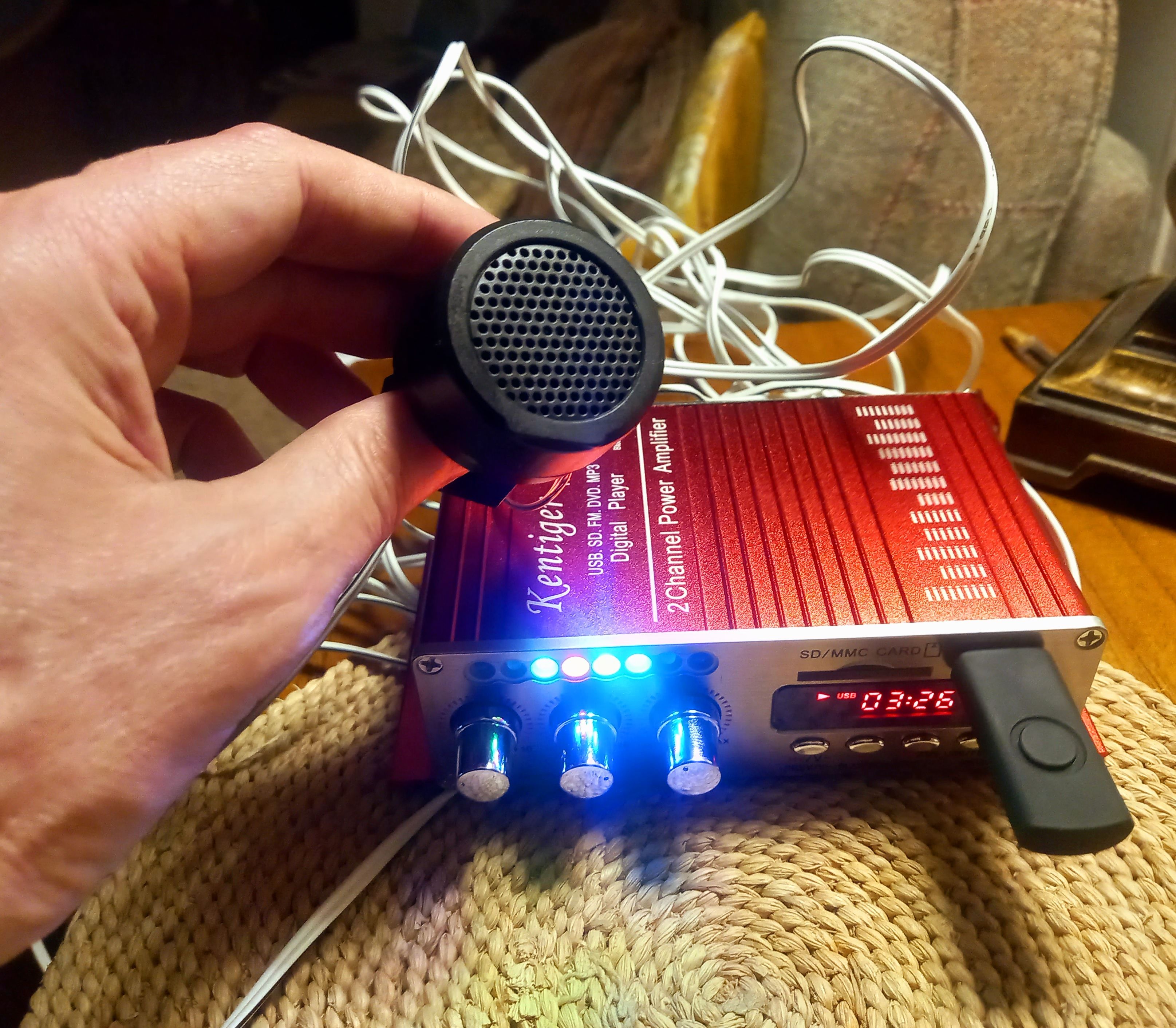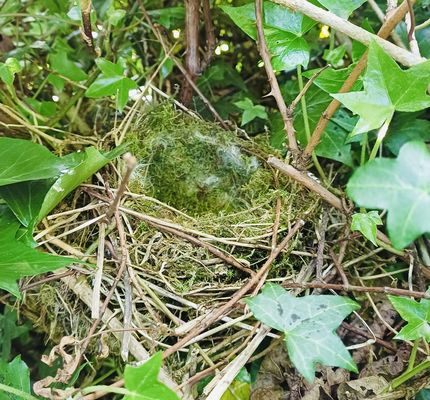LAST year Dúlra got the chance to try to coax swifts to nest in his home – but it wasn’t to be.
He got the best help on planet earth – Mark Smyth isn’t just Ireland’s leading swift expert, but may well be the world’s. Mark travelled from his home in Antrim town to help Dúlra put up three swift nest boxes along with the secret ingredient – a calling transistor fitted to a mini-speaker.
While he was there, Dúlra got him to put up a couple of house martin 'cups' as well – you can see them in this picture, one attached to the bottom of the wooden swift box and the other under the eaves to the left. That was just a bonus – the real target were the swifts, whose numbers are falling fast.
It was discovered relatively recently that swifts will only nest where other swifts already are – so to attract them, you have to broadcast their calls. Most other birds – the blue tit is a common garden example – will nest where they find a suitable spot. But swifts, gabhlán gaoithe in Irish, are much more careful.
Dúlra thinks he knows why – these birds only land to breed and so their feet are all but useless (their Latin name apus apus actually means ‘no feet’). And so when they finally do touch down, it’s fraught with danger. There’s a real possibility that they go into a hole or a cavity and can’t get back out. Added to that, they lay just one clutch of two eggs – compared to the blue tit’s two clutches of seven eggs – so they certainly can’t take any chances.
One amazing fact about swifts is that even their nest material must be caught on the wind – it's probably why they favour feathers!
The recording of swift calls that Mark had given Dúlra was made at his own house where they nest and he saved it onto a USB drive which fits into the wee amplifier – actually one that would normally be used on a boat or in a lorry.
The amplifier sat inside on the bedroom windowsill, and a long cord stretched out to the mic, which hung on a hook above the nestboxes.
Dúlra had it on full blast at the three times of day swifts are most active – nine in the morning, lunchtime and then approaching dusk. The neighbours didn’t seem to mind – of course it sounds like swifts flying by, even if it is a little louder. It was hard to know however if they noticed the roaring sound of the 1E bus passing Antrim’s Stiles estate in the background – Mark had managed to get that on his recording as well!
Dúlra only got the boxes up last June, a month after the swifts had arrived from Africa. If he was lucky enough to attract any, they would be stragglers.
Swifts only stay in Ireland for 100 days, so when they left at the end of August Dúlra took the kit down and stored it away safely, counting down the days when the incredible black visitors would return. Their numbers in Ireland continue to fall as their traditional nesting sites in old buildings disappear.
It’s been a long winter but Dúlra has to wait a few more weeks before sending those recorded swift calls blasting over Belfast.
The swift caller
But then this week he heard reports of the swift's cousins – swallows and house martins – already returning from their migration. What if he added house martin calls to Mark’s swift calls and blasted them across Belfast as well?
It wasn’t hard to find the calls on the internet and save them on to the USB. And so at the end of the two minutes of screaming swifts, Dúlra now has a minute of chirping house martins. In no time the amplifier was plugged in and the mic attached to its hook once more.
If anything, house martins, gabhlán binne or 'swift of the gable wall', are more graceful than the awkward swift, at least to Dúlra’s eye. It’s hard to know what makes the house martin choose one house over another – but anyone who lives in Hawthorn Glen is blessed to have a colony of them there every year.
This week as they arrive back from Africa to their old Belfast nesting spots, they’ll hear a familiar call from a house that they never before even considered using for a nest.
If they just take the time to investigate, they’ll find two plastic nest cups already made for them – they won’t even have to go to all that bother of finding soft muck and building it themselves. How could they refuse?
* If you’ve seen or photographed anything interesting, or have any nature questions, you can text Dúlra on 07801 414804.








